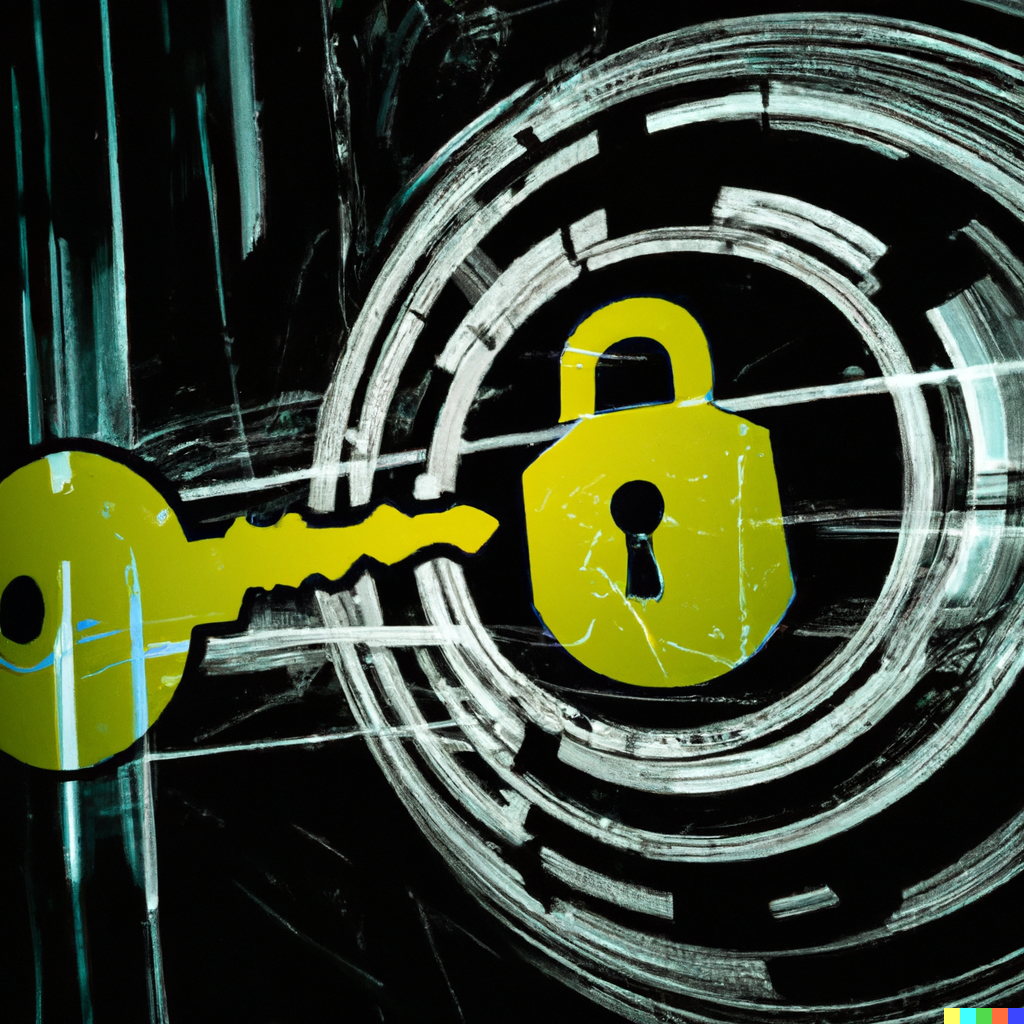August 27 | Security Technology SecureTech

In today's interconnected world, security technology, often referred to as SecureTech, plays a vital role in safeguarding information, assets, and people. The rapid evolution of technology has introduced sophisticated tools and systems that are redefining how we think about security. This blog post will explore the various aspects of SecureTech, its latest innovations, and the emerging trends shaping the future of security.
Security Technology encompasses a broad range of tools, systems, and processes designed to protect people, data, and property from various threats. These threats can range from physical breaches, like break-ins, to digital ones, such as cyber-attacks. SecureTech includes everything from surveillance cameras and biometric access controls to advanced cybersecurity software and artificial intelligence (AI)-driven threat detection systems.
SecureTech can be broken down into several key components, each serving a distinct function:
Physical Security: This includes devices and systems designed to prevent unauthorized access to buildings or areas. Examples include surveillance cameras, motion detectors, access control systems (like keycards or biometric scanners), and alarm systems.
Cybersecurity: Protects digital information from unauthorized access, theft, and damage. Cybersecurity measures include firewalls, encryption, intrusion detection systems, and antivirus software.
Network Security: Focuses on protecting the integrity, confidentiality, and availability of information as it travels across networks. This includes secure routing, network segmentation, and virtual private networks (VPNs).
Data Security: Involves protecting data at rest (stored data) and data in transit (data moving across networks). Techniques include encryption, tokenization, and data masking.
Identity and Access Management (IAM): Ensures that only authorized individuals have access to certain resources and data. IAM tools manage user identities and regulate access through authentication methods like passwords, biometrics, and multi-factor authentication (MFA).
Recent advancements in technology have introduced several innovative solutions that are enhancing security across different sectors:
Artificial Intelligence and Machine Learning: AI and ML algorithms are increasingly used in SecureTech to detect and respond to threats more quickly and accurately. For example, AI-powered surveillance cameras can automatically identify suspicious behavior, while machine learning models can predict and mitigate cyber threats based on historical data.
Biometric Security: Traditional passwords are being replaced by more secure and convenient biometric systems. Fingerprint, facial recognition, and iris scanning technologies are becoming standard in high-security environments.
Blockchain Technology: Initially developed for cryptocurrencies, blockchain’s decentralized ledger system is now being used to enhance security across various domains, from supply chain management to identity verification and data protection.
Zero Trust Architecture: This security model assumes that threats can exist both inside and outside a network. It requires strict verification for every person or device trying to access resources, minimizing the risk of internal and external threats.
Quantum Cryptography: As quantum computing becomes more advanced, it poses a threat to traditional encryption methods. Quantum cryptography offers a new form of secure communication that is theoretically immune to quantum computer-based attacks.
The landscape of security technology is continually evolving. Here are some emerging trends that are shaping the future of SecureTech:
Integration of IoT and Security: The Internet of Things (IoT) connects millions of devices, creating new vulnerabilities. SecureTech is focusing on integrating IoT devices with robust security protocols to prevent unauthorized access and data breaches.
Cloud Security: With the increasing adoption of cloud services, protecting data and applications in the cloud has become a top priority. Cloud security strategies now include continuous monitoring, threat intelligence, and advanced encryption techniques.
Behavioral Analytics: By analyzing user behavior, security systems can detect anomalies that may indicate a security threat. This trend is gaining traction in cybersecurity, where understanding user patterns can help prevent breaches.
Security-as-a-Service (SECaaS): Similar to other "as-a-service" models, SECaaS provides security solutions through a cloud-based subscription service, offering businesses access to advanced security technologies without the need for large capital investments.
Privacy-Enhancing Technologies (PETs): As data privacy concerns grow, there is a push towards developing technologies that protect individual privacy while still allowing data to be used for analysis and business intelligence.
The future of SecureTech is promising, driven by continuous technological advancements and the growing need for robust security solutions in a digital-first world. Key areas of focus will likely include enhancing AI capabilities for predictive security, expanding quantum-resistant cryptography, and developing more integrated, user-friendly security systems.
As cyber threats become more sophisticated, the importance of a comprehensive approach to security—encompassing physical, cyber, data, and network security—cannot be overstated. Companies and individuals must stay informed about the latest SecureTech developments to protect their assets effectively.
Security technology is a dynamic field that is essential for protecting both physical and digital assets. As technology evolves, so too do the methods and tools used to safeguard against an increasingly complex array of threats. By embracing innovations and staying ahead of emerging trends, businesses and individuals can ensure they are prepared to face the security challenges of the future.
This article provides an overview of the key components, innovations, and trends in SecureTech. Whether you are a business looking to protect your assets or an individual concerned about personal security, understanding these aspects is crucial in today's fast-paced digital world.
SHARE THIS:
© Copyright 2025Global Tech AwardsAll Rights Reserved